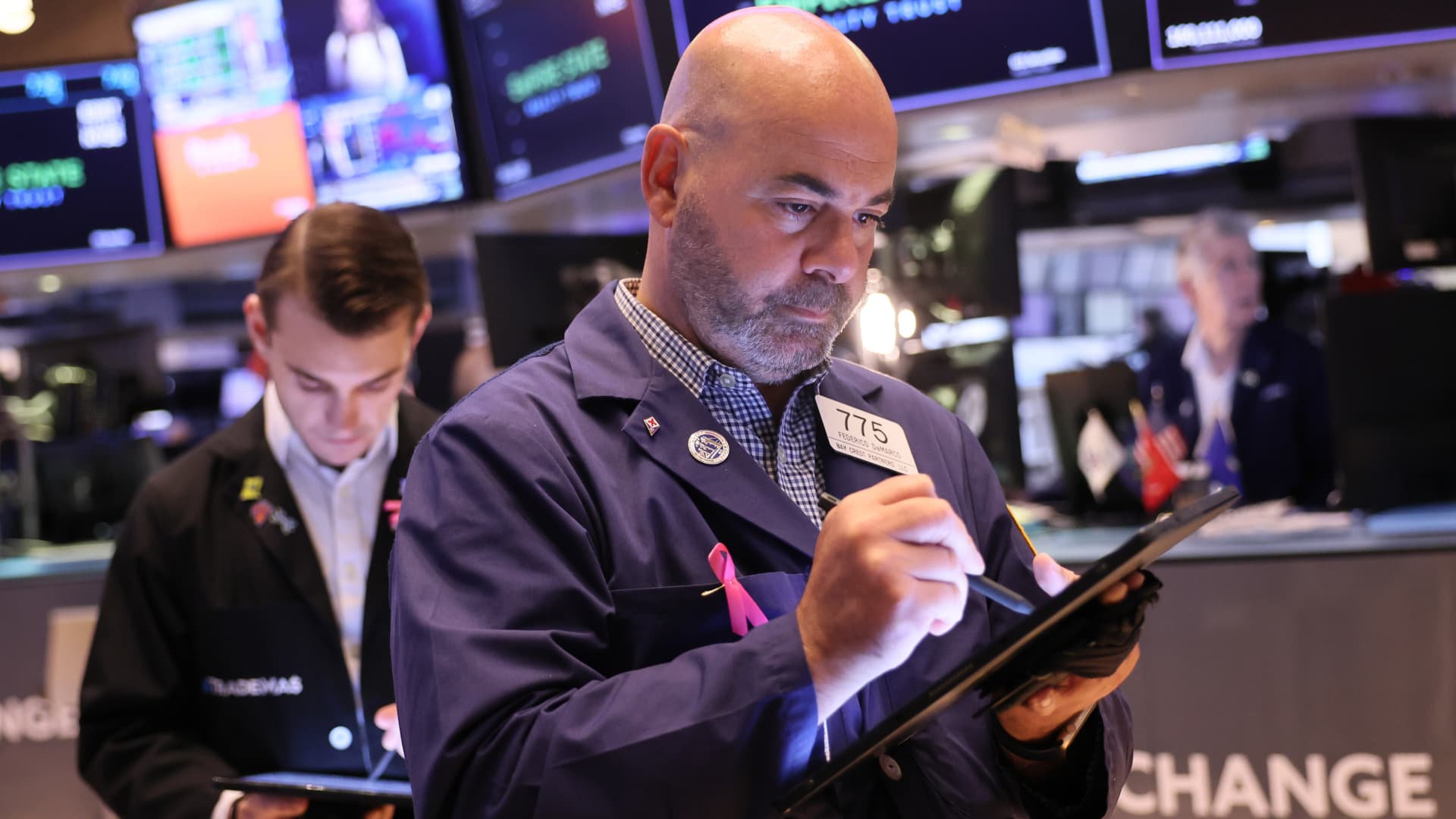A bond bear market has dominated this year. But with 10-year Treasury yields surging to 5% – a 16-year high , many investors might now be tempted to lock in those high yields and buy into bonds. The 2-year Treasury yield was at 5.16%, after hovering at levels last seen in 2006 earlier in the session. Volatility in the bond market may, however, cause some hesitation among investors. Wall Street weighs in on the right moves to make. Where to put your money Wells Fargo Investment Institute’s head of global market strategy, Paul Christopher, said such an opportunity may not come again in the next couple of years. “You may not see such high yields as these in the next year or two,” he told CNBC’s ” Squawk Box Asia ” on Thursday. While investors are seeing paper losses on long-term fixed income holdings, Christopher urged them to stay the course. Bond prices and bond yields move in opposite directions. “Stay focused and continue to dollar-cost-average in, to lock in attractive yields,” he said, referring to the practice of incrementally and regularly buying into the same investment over a period of time. “If you’re a fixed income investor, there’s opportunities here on the long end of the curve.” Wells Fargo said in a separate note on Wednesday that if volatility is the concern, short-term fixed income might be a better way to go. Christopher suggested putting money in a certificate of deposit for a year or so. Read more on investing in one-year certificates of deposit here. “While investors have experienced that losses are possible in fixed-income positions; the price movements have been less severe than the downside seen in equity markets at times over the past two years,” the firm added. Overall, Wells Fargo said in an Oct. 16 note, it’s most favorable on U.S. long-term and short-term taxable fixed income. It’s unfavorable on U.S. intermediate-term fixed income, as well as high yield taxable fixed income. As for fixed income, Thomas Poullaouec, head of multi-asset solutions for Asia-Pacific at T. Rowe Price, is opting for the higher-yielding emerging market bonds. He said in a Thursday note: “Within fixed income, we remain overweight higher-yielding sectors, including high yield, and emerging market bonds on still attractive absolute yield levels and reasonably supportive fundamentals.” Are rates peaking? Some in the fixed income world are predicting that rates are peaking, which presents another argument for buying into longer-term bonds. Bond yields move inversely to prices, meaning a peak in interest rates may signal that bond prices have bottomed. Longer-term bonds are also more sensitive to interest rate fluctuations. Wells Fargo’s Scott Wren, senior global market strategist, said Wednesday that rates may have some room to move higher, but he believes that most of the rise in yields is behind us. Bryn Jones, head of fixed income at U.K. investment management firm Rathbones, said he thinks rates are nearly peaking, and he’s adding duration back into his portfolio — including longer-duration U.K. gilts, or government bonds. “When there is a move from 14-day moving average yield to a peak we buy duration, when there’s a move down to the bottom of our range in yield, we sell. This is helping to generate positive performance versus our peers,” Jones said. He’s also looking at investment-grade credit. “Default rates in IG credit tend to be fairly low, with average default rates of around 1% over 5 years. Currently what is being priced into IG is too much default risk, we believe,” he said. However, BlackRock Investment Institute now sees “about equal odds that Treasury yields swing in either direction.” “In other words, we see two-way volatility ahead,” it said. It expects the U.S. Federal Reserve to tighten monetary policy to tackle inflation, and believes that long-term yields haven’t fully adjusted. “They will eventually resume their march higher as term premium gradually rises, in our view, to account for greater macro volatility, persistent inflation plus large fiscal deficits and debt issuance,” BlackRock wrote. Instead of investment-grade credit, it said it’s “tapping into quality” via short-term and long-term Treasurys. Types of fixed income that it’s overweight on include short-term U.S. Treasurys, U.S. inflation-linked bonds, U.K. gilts and emerging market bonds. Here’s where to invest in money market funds .
This website uses cookies so that we can provide you with the best user experience possible. Cookie information is stored in your browser and performs functions such as recognising you when you return to our website and helping our team to understand which sections of the website you find most interesting and useful.




















Discussion about this post